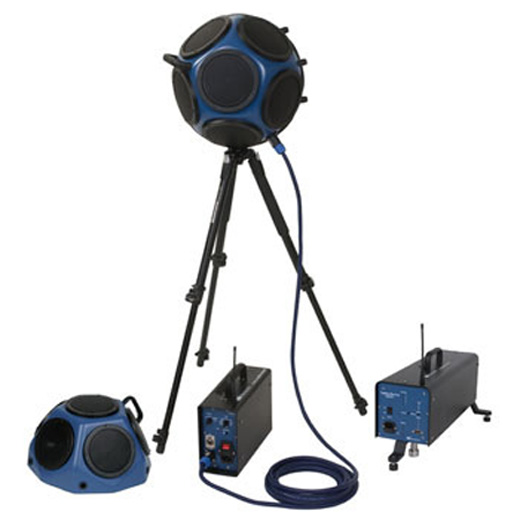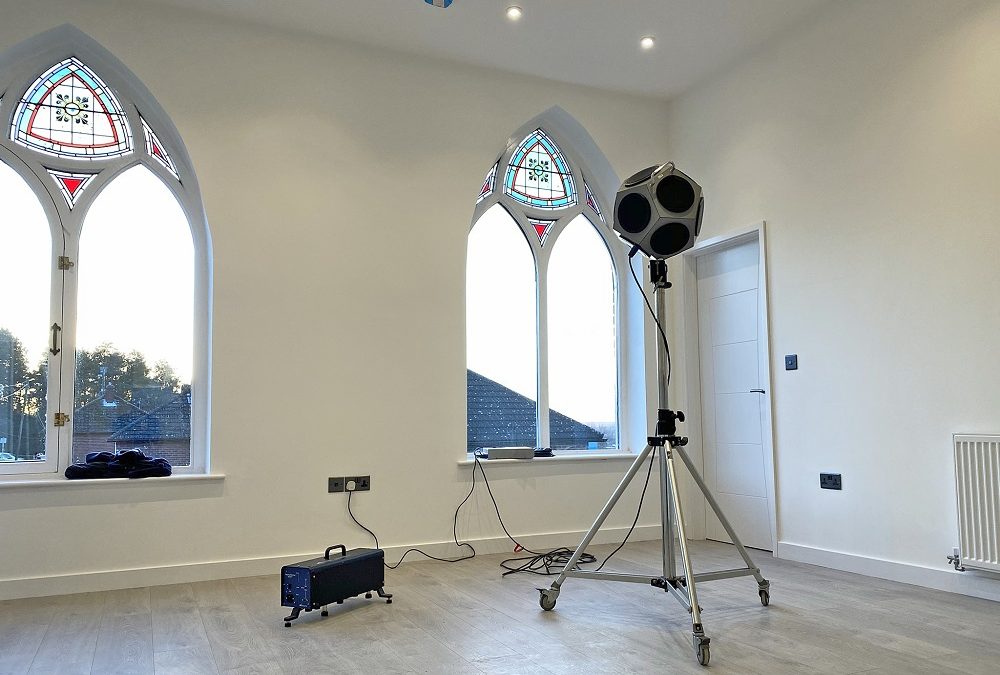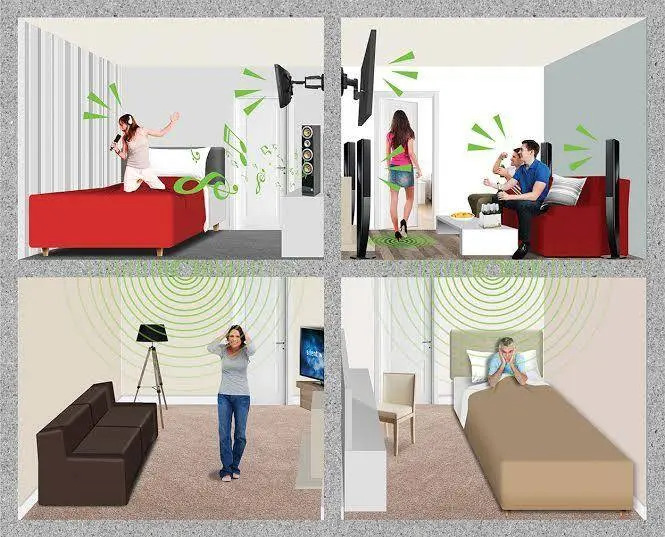Sound insulation testing is required for new builds or converted dwellings, flats or rooms for residential use to comply with Building Regulations Approved Document E. Our team of experienced sound test engineers are dedicated to giving our customers the best quality of service and offer acoustic design advice where possible, to help our clients achieve the required acoustic results to pass the sound testing and attain building completion. We undertake sound testing on all types of residential and commercial buildings and our reports fully comply with the Part E of the Building Regulations for England and Wales. Our acoustics testers are registered with the Sound Insulation Testing & Measurement Association (SITMA) for sound testing, which is recognised by the government as an approved Registered Testers Scheme.



